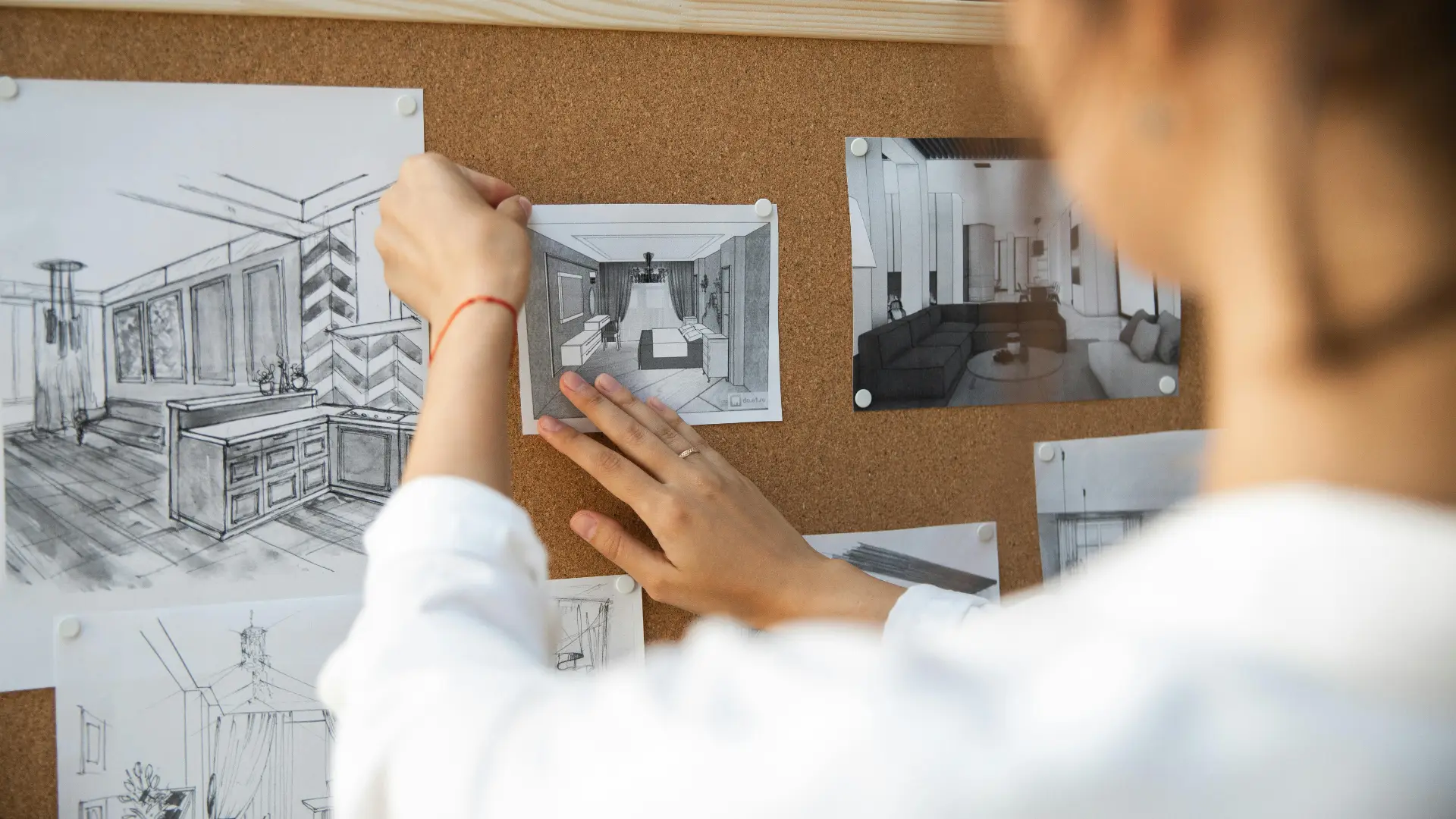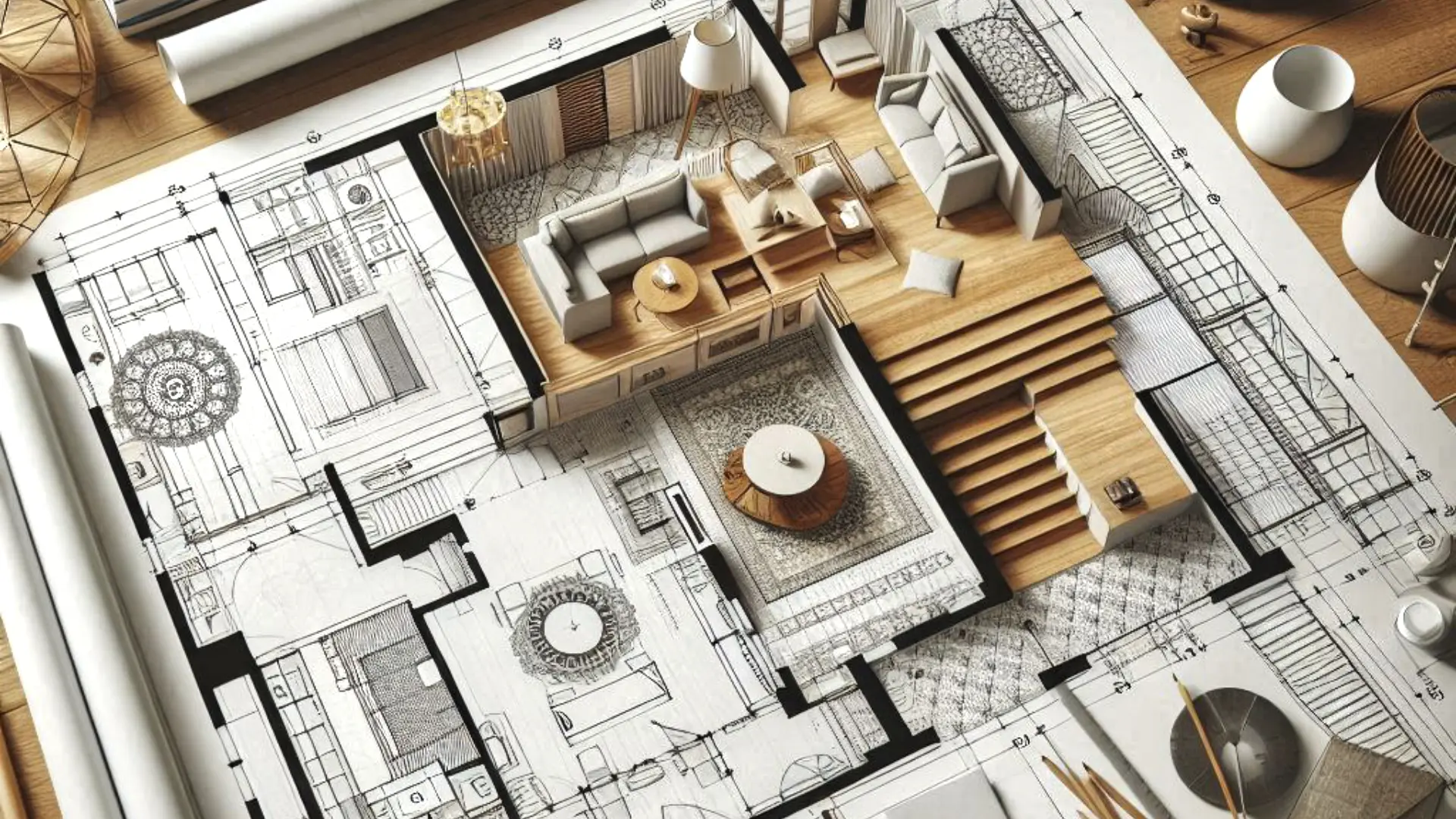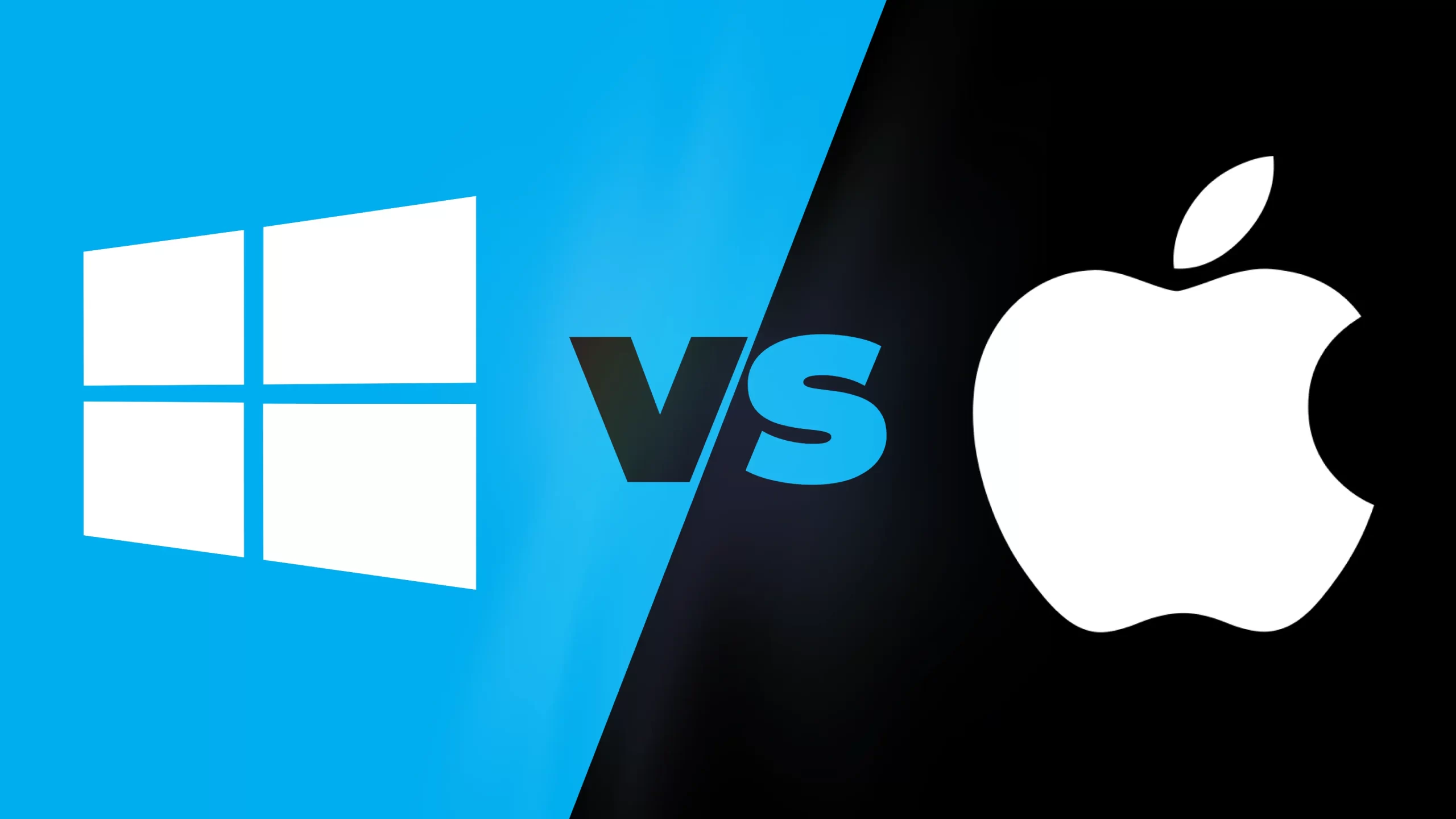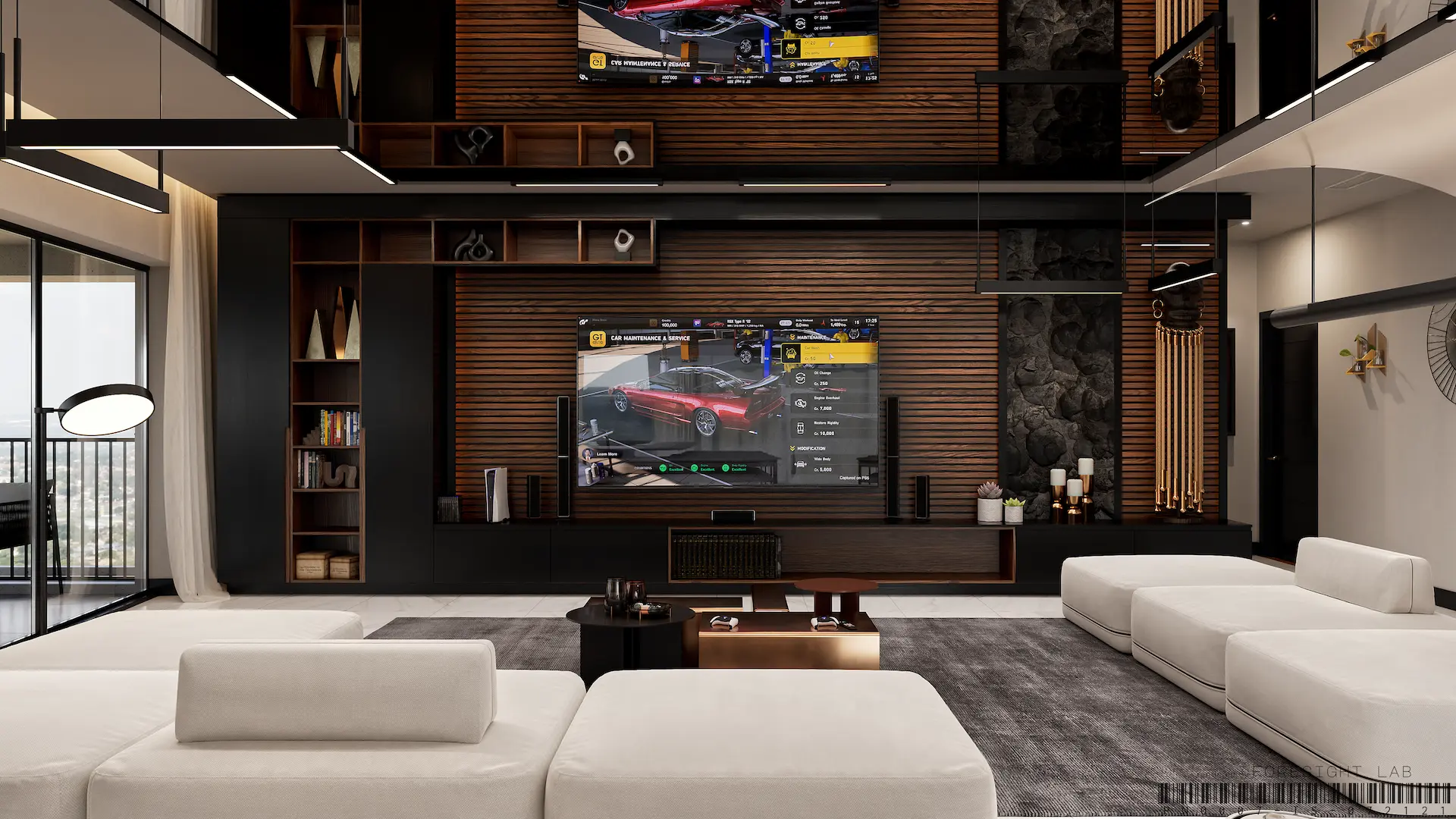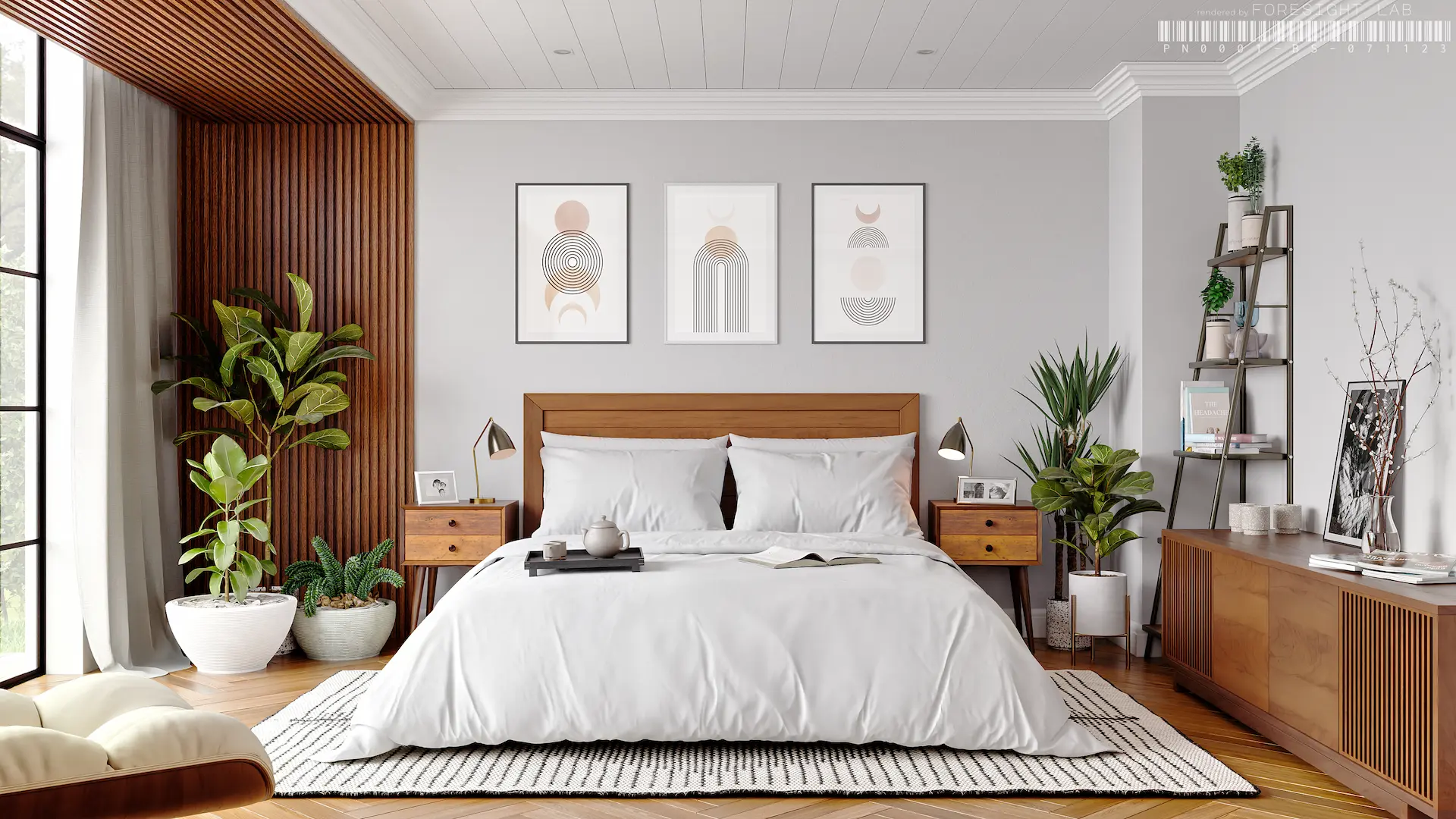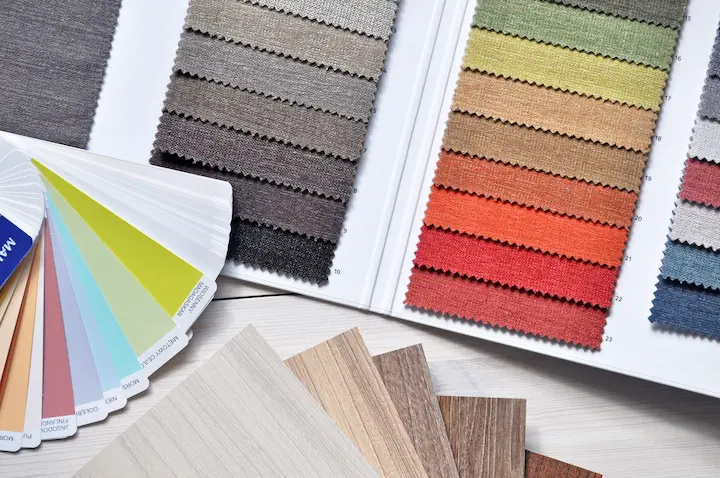Introduction
In the dynamic and ever-evolving world of interior design, the tools and technologies employed can make or break a project’s success. Among the myriad innovations transforming the industry, high-quality photorealistic renderings stand out as a game-changer. These advanced digital visualizations are not just enhancements; they are revolutionizing how designers conceptualize, present, and execute their ideas. This comprehensive blog will delve deep into the significance of photorealistic renderings in modern interior design, explore the latest trends, and examine their profound impact on interior design services.
The Power of Photorealistic 3D Renderings
Photorealistic 3D renderings offer a level of detail and realism that traditional sketches, blueprints, and even basic 3D models cannot match. These renderings create lifelike images that can depict the final design of a space with remarkable accuracy. Here are several compelling reasons why they have become indispensable in interior design:
Enhanced Visualization
One of the primary advantages of photorealistic renderings is the ability to provide clients with a clear and detailed visualization of the proposed design. This goes beyond simple floor plans or rough sketches. High-quality 3D renderings can showcase the exact textures, colors, lighting, and materials that will be used, creating a realistic image of the finished space.
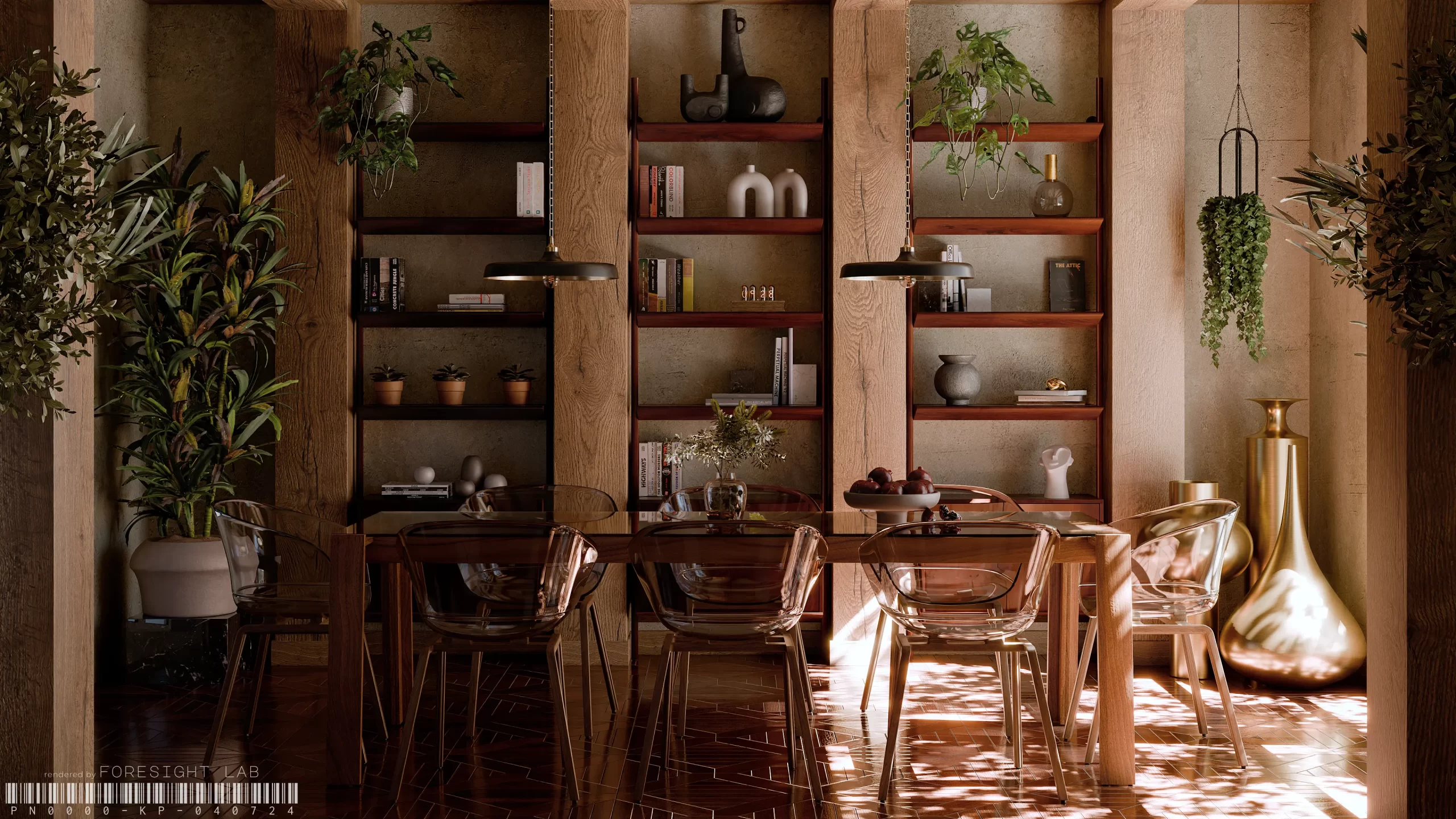
Check our 3D Renderings
1. Realism: Photorealistic 3D renderings can capture the intricate details of a design, from the grain of wood on a table to the way light filters through a curtain. This level of realism helps clients understand what to expect, reducing the likelihood of disappointment or surprise when the project is completed.
2. Perspective: These renderings can be created from any angle, giving clients a comprehensive view of the space. Whether it’s a bird’s eye view, a close-up of a specific feature, or a panoramic shot, clients can see the design from all perspectives.
Improved Communication
Clear communication between designers and clients is essential for a successful project. Misunderstandings or misinterpretations can lead to costly mistakes and dissatisfaction. Photorealistic renderings bridge the communication gap by providing a visual representation that both parties can refer to.
1. Client Involvement: Clients often find it challenging to visualize a space based on verbal descriptions or flat drawings. 3D Renderings make the design tangible, allowing clients to provide more informed feedback and make better decisions.
2. Stakeholder Alignment: When multiple stakeholders are involved—such as architects, contractors, and clients—photorealistic renderings ensure that everyone is on the same page. This alignment helps streamline the project and prevents discrepancies during implementation.
Design Accuracy
High-quality renderings enable designers to experiment with different elements and configurations in a virtual environment, ensuring that every detail is perfect before any physical work begins.
1. Material Selection: Designers can test different materials, colors, and finishes in the rendering to see how they interact with each other. This process helps in selecting the best combinations and avoiding costly changes later.
2. Spatial Planning: Accurate renderings allow designers to plan the layout of a space meticulously. They can assess the flow of the room, the placement of furniture, and the use of space to create a functional and aesthetically pleasing design.
Cost and Time Efficiency
By visualizing the final design in detail, potential issues can be identified and addressed early in the planning stage. This foresight can save both time and money.
1. Error Reduction: Identifying and correcting mistakes in a digital rendering is much easier and less expensive than doing so after construction has begun. This proactive approach reduces the likelihood of errors and rework.
2. Streamlined Process: With a clear and detailed rendering, the design process becomes more efficient. Decisions can be made quickly, and the project can move forward without unnecessary delays.
Marketing and Presentation
Stunning photorealistic images are powerful tools for marketing design services. They can be used in portfolios, social media, and presentations to attract and impress potential clients.
1. Portfolio Enhancement: High-quality 3D renderings showcase a designer’s skills and creativity, making their portfolio more appealing to prospective clients.
2. Online Presence: In today’s digital age, a strong online presence is crucial. Photorealistic 3D renderings can be shared on social media, websites, and other platforms to reach a wider audience and generate interest in the designer’s work.
Trends in Photorealistic 3D Renderings for Interior Design
Staying updated with interior design trends is essential for any designer looking to deliver cutting-edge services. Here are some trends shaping the world of photorealistic renderings:
Virtual Reality Integration
Combining photorealistic renderings with virtual reality (VR) takes client engagement to a new level. VR allows clients to take immersive tours of their future spaces, enhancing the decision-making process.
1. Immersive Experience: VR provides an immersive experience that static images or even 3D renderings cannot match. Clients can walk through the space, interact with elements, and get a feel for the design.
2. Real-Time Adjustments: With VR, designers can make real-time adjustments to the design based on client feedback. This interactive approach ensures that the final design aligns perfectly with the client’s vision.
Sustainable Design
As the demand for environmentally conscious interiors grows, renderings now often highlight eco-friendly materials and sustainable design practices.
1. Green Materials: Renderings can showcase the use of sustainable materials, such as reclaimed wood, recycled metal, and energy-efficient lighting. This visual emphasis on green design can appeal to eco-conscious clients.
2. Energy Efficiency: Designers can use renderings to demonstrate the energy efficiency of a space, such as natural lighting, insulation, and HVAC systems. This approach not only appeals to clients but also promotes sustainable living.
Customization and Personalization
Clients are increasingly looking for unique and personalized spaces. Renderings that showcase bespoke elements and custom designs are becoming more popular.
1. Tailored Designs: Photorealistic renderings can depict custom furniture, unique layouts, and personalized decor, giving clients a sense of ownership and individuality in their space.
2. Detail-Oriented: These renderings can highlight intricate details, such as custom millwork, unique lighting fixtures, and personalized art, making the design truly one-of-a-kind.
Smart Home Features
As smart home technology becomes more prevalent, renderings are incorporating these elements, showing clients how tech can seamlessly integrate into their interiors.
1. Technology Integration: Renderings can illustrate how smart home devices, such as automated lighting, security systems, and voice-controlled assistants, fit into the design. This approach helps clients visualize a modern, tech-savvy home.
2. User-Friendly: Highlighting the user-friendly nature of smart home features in renderings can make the concept more appealing to clients who may be hesitant about adopting new technology.
High Dynamic Range (HDR) Imaging
The use of HDR imaging in photorealistic renderings provides a higher level of detail and realism, particularly in lighting and color representation.
1. Enhanced Lighting: HDR renderings can depict a wide range of lighting scenarios, from natural daylight to artificial lighting, creating a more realistic and dynamic representation of the space.
2. Color Accuracy: With HDR, colors appear more vibrant and true to life, giving clients a better understanding of how the final design will look.
Impact on Interior Design Services
The integration of photorealistic renderings into interior design services has a profound impact on the industry. Here’s how:
Client Satisfaction
When clients can clearly see and understand the proposed design, satisfaction rates increase. They feel more involved in the process and confident in the final outcome.
1. Confidence Boost: Clients who can visualize the final design are more likely to feel confident in their choices and the designer’s abilities. This confidence translates to higher satisfaction and a better overall experience.
2. Reduced Anxiety: The design process can be stressful for clients, especially when they can’t fully visualize the outcome. Photorealistic renderings reduce this anxiety by providing a clear and detailed representation of the design.
Competitive Edge
Offering photorealistic renderings can set a design firm apart from competitors who may still rely on less sophisticated methods.
1. Innovation: Embracing advanced technologies like photorealistic renderings positions a design firm as innovative and forward-thinking. This perception can attract more clients and set the firm apart in a crowded market.
2. Professionalism: High-quality renderings demonstrate a high level of professionalism and attention to detail, qualities that clients value and look for in a design firm.
Streamlined Workflow
The ability to visualize every aspect of the design in detail helps streamline the workflow, from concept to completion, ensuring a smoother and more efficient project timeline.
1. Efficient Planning: Detailed renderings allow for better planning and coordination among all parties involved in the project. This efficiency leads to fewer delays and a more streamlined process.
2. Informed Decision-Making: With clear visualizations, designers and clients can make more informed decisions quickly, reducing the time spent on revisions and changes.
Marketing and Business Growth
Photorealistic renderings are not just tools for design; they are powerful marketing assets that can drive business growth.
1. Attracting Clients: Stunning 3D renderings can attract potential clients by showcasing a designer’s capabilities and creativity. They serve as visual proof of the quality and style a designer can deliver.
2. Showcasing Projects: Renderings can be used to showcase
completed projects on a website, in a portfolio, or on social media. This visibility can generate interest and leads, ultimately driving business growth.
Conclusion
In conclusion, high-quality photorealistic renderings are essential in modern interior design. They offer enhanced visualization, improved communication, design accuracy, and significant cost and time savings. By staying abreast of trends and integrating advanced rendering techniques, interior designers can provide superior services, ensuring client satisfaction and gaining a competitive edge in the industry.
Embracing these technologies not only elevates the design process but also transforms how clients experience and interact with their future spaces, making photorealistic renderings a cornerstone of successful interior design.
By strategically using these renderings, interior designers can ensure they are delivering the best possible service, creating stunning interiors that meet and exceed client expectations.

